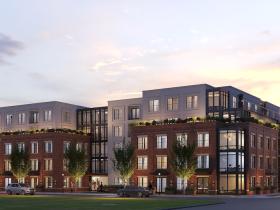What's Hot: Why Tysons Needs 10,000 More Apartments
 Young, But Not Wealthy: A Look at Who is Renting DC's New Apartments
Young, But Not Wealthy: A Look at Who is Renting DC's New Apartments
✉️ Want to forward this article? Click here.

The 21st century thus far for DC has been primarily characterized by how development has spurred gentrification. However, there may be a missing component to the narrative that it is wealthy people who are creating demand for the city's new luxury apartments.
A new analysis from District, Measured examines how the proliferation of younger, single individuals with below-median income may have a closer relationship with the growth of the luxury rental market in the city.
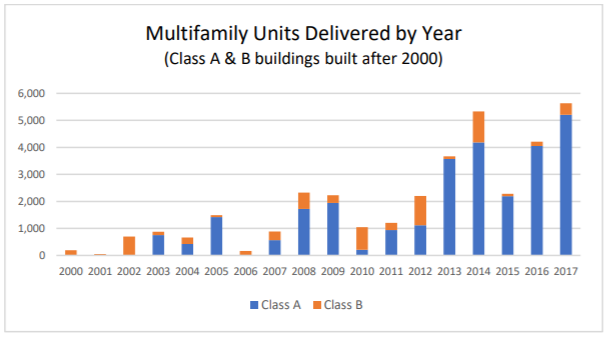
The District, Measured analysis compares the demographic data of two cohorts: tax filers in 48 Class A and Class B buildings that delivered between January 2000 and December 2012, and tax filers in 40 Class A and Class B buildings that delivered between January 2013 and December 2015.
story continues below
loading...story continues above
The data regarding tenants of newer buildings may surprise some. It turns out that residents of these buildings tended to be single, 1.3 years younger than and earn 12.3 percent ($9,884) less than residents of the older set of buildings. Overall, the difference in residents earning between $20,000-$250,000 annually in either cohort was statistically insignificant — it's more that residents earning more than $250,000 tended to live in older buildings.
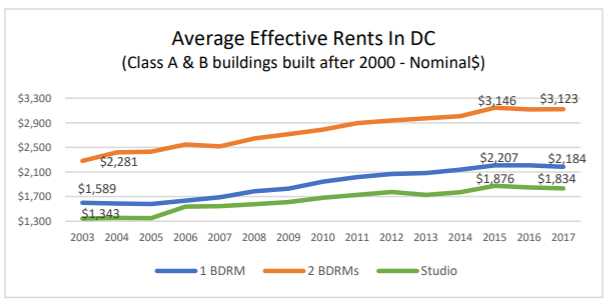
Residents of the newer buildings also tended to report business income in addition to traditional income, implying that they need to supplement their salary with entrepreneurial endeavors. Taxpayers in newer buildings had an average income of $70,297 and a median income of $55,897; taxpayers in older buildings had an average income of $80,181 and a median income of $58,742.
"Conventional wisdom assumes that these newer buildings are attracting primarily high-income residents," the report states. "However, we find that compared to older buildings, the city’s newest and pricier apartment buildings built during the recent residential construction surge (2013 and after) tend to attract a higher percentage of new residents to the city, and also attract a higher percentage of single, young residents with income below the city average."
The study uses data from CoStar combined with 2015 individual income tax data associated with 88 Class A and Class B buildings, containing 21,203 units, constructed since 2000.
See other articles related to: class a apartments, class b apartments, demographics, district measured, gentrification, luxury apartments, rental, rentals, youthification
This article originally published at https://dc.urbanturf.com/articles/blog/young-but-not-wealthy-a-look-at-who-is-renting-dcs-new-apartments/13992.
Most Popular... This Week • Last 30 Days • Ever

For the second year in a row, the 20008 zip code, home to portions of the Forest Hil... read »

One of the critical factors in determining whether refinancing is a wise decision is ... read »
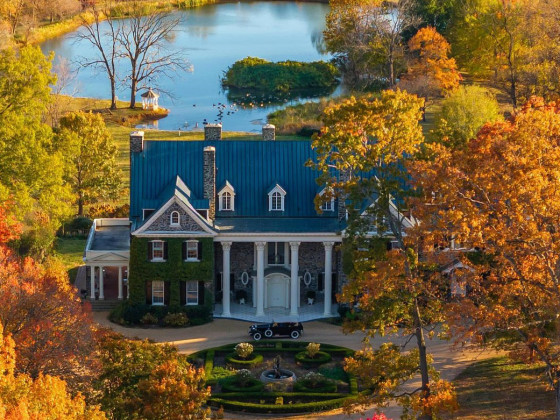
Located in Upperville, the 571-acre property known as Ayrshire Farm is under contract... read »
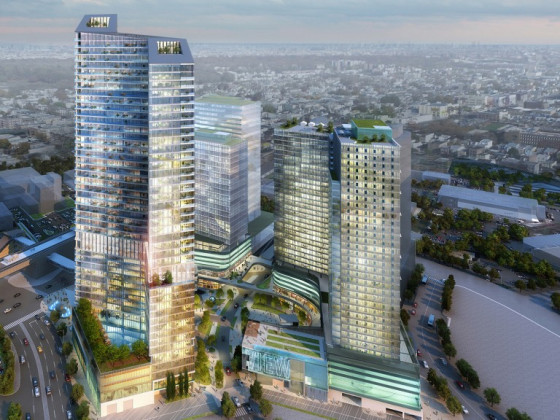
Tysons Corner will need a lot of new housing over the next 15 years, according to a n... read »
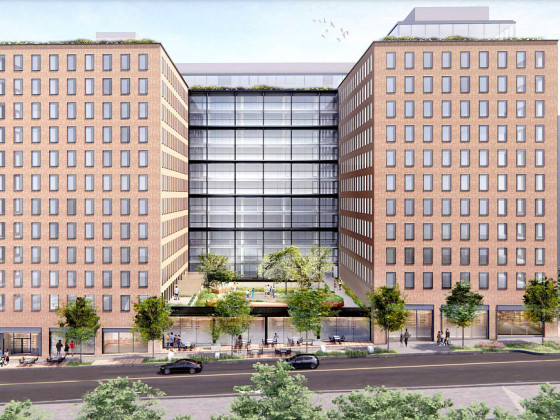
Gallaudet and JBG SMITH have filed a two-year extension of an approved planned-unit d... read »
DC Real Estate Guides
Short guides to navigating the DC-area real estate market
We've collected all our helpful guides for buying, selling and renting in and around Washington, DC in one place. Start browsing below!
First-Timer Primers
Intro guides for first-time home buyers
Unique Spaces
Awesome and unusual real estate from across the DC Metro




